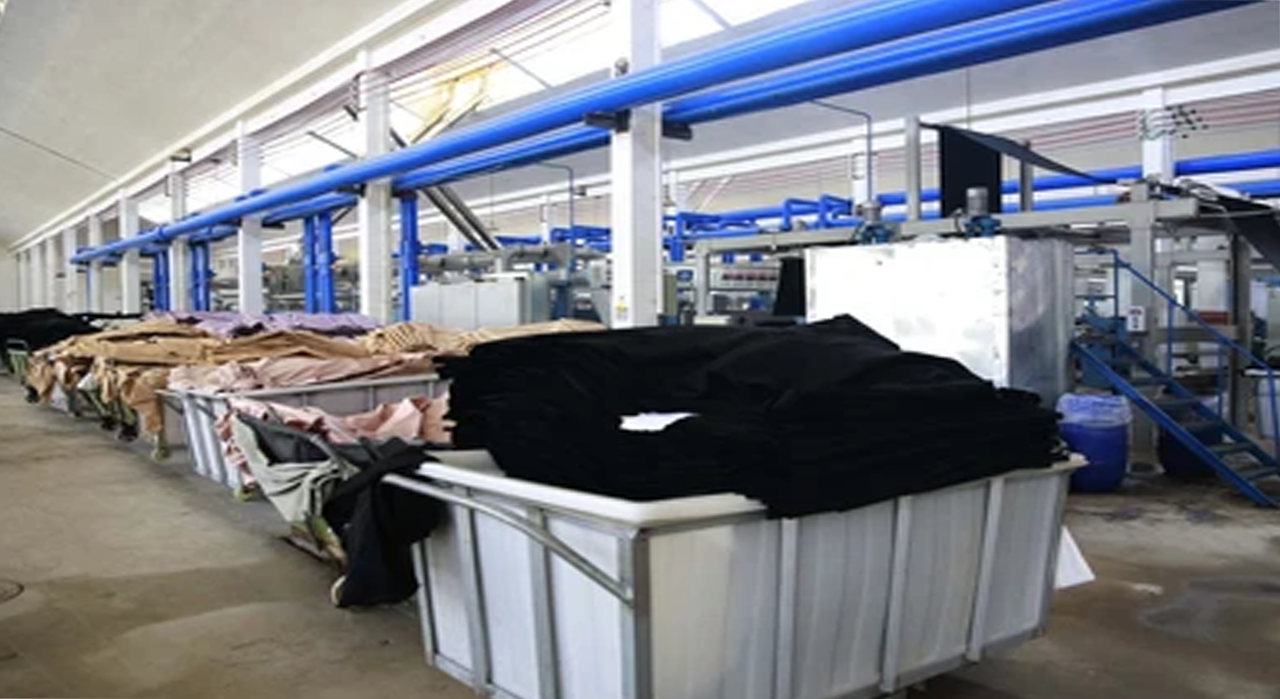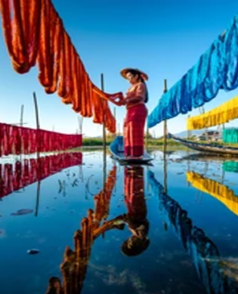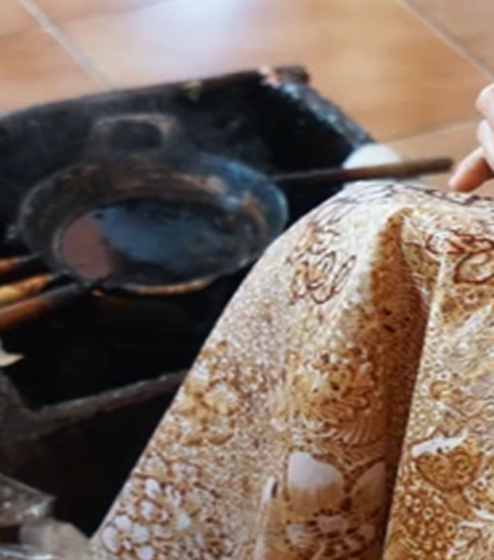
Fabric Dyeing Techniques and Backgrounds
Did you know that the first cloth dyes were used around 2600 B.C.? Many of the earliest dyes were made from natural materials, including plants, insects, and diverse species of sea life. The intricate process of fabric dyeing calls for commitment, talent, and attention to detail. Fortunately, the development of synthetic dyes that don’t fade over time and provide vivid, vibrant colors has made the process of cloth dyeing considerably simpler. In this session, we’ll examine three methods for dying fabrics that can be applied to create artistic and expert dye effects.
Shibori Pole Dyeing
Shibori pole dyeing, a Japanese fabric dyeing method, causes some areas of the fabric to resist the dye. In other words, some areas of the fabric do not absorb the dye, giving the fabric a striated pattern from being colored or left undyed.
To create this appearance, the fabric is wrapped around a pole, which can be made of PVC pipe or a wooden dowel. After being tied with string, the fabric is crushed into a smaller area. The fabric is then soaked for at least five minutes in a dye. The fabric is allowed to dry after being taken out of the dye before being put to use.


Glue-Resist Batik Fabric Dyeing
A more convenient and less expensive alternative to traditional batik is glue-resist fabric dyeing, which uses adhesive to create patterns on fabric instead of hot wax. The adhesive application stops the color from penetrating the fabric completely. The fabric is removed after having been immersed in the dye for around 30 minutes. After the fabric has been rinsed under cold water, the adhesive is then manually removed. On a piece of fabric that has not yet been dyed, a design is made using glue, which is then thoroughly dried before the fabric is immersed in the dye.
